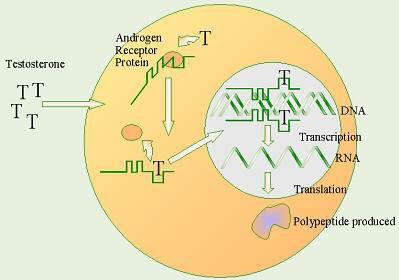In 1984, Joachim J. Li and Thomas j. Kelly demonstrated that a soluble extract derived from SV40-infected monkey cells could replicate SV40 DNA. Extracts from uninfected monkey cells also supported SV40 DNA replication if they were supplemented with large tumor (T) antigen. Subsequent studies showed that the SV40 T antigen, the only viral protein required for viral DNA replication, acts at the origin of replication (ori) located between the early and late gene regions.
The T antigen (708 amino acid residues) has four functional domains. Two of these, the origin binding domain and the helicase domain are essential for SV40 DNA replication under in vitro conditions. The obd (residues 131-259) recognizes the viral origin of replication, an essential step for recruiting T antigen to the origin for DNA replication. The helicase domain (residues 265-626) uses energy provided by ATP to unwind DNA. The other two domains, the DnaJ domain (residues 1-82) and the host range (HR) domain (residues 682-708) are not required for in vitro DNA replication. The DnaJ domain, participates in remodeling protein complexes. Xiaojian S.Chen and coworkers have reported crystal structures for the T antigen monomer and homohexamer.
The sv4o origin of replication contains about 300 bp, but only 64 of these, the so-called core sequence, are essential for DNA replication. Nonessential elements on either side of the core sequence facilitate the initiation process. The core sequence is divided into three functional regions: an early palindrome (EP), a 27-bp region containing the T antigen binding site, and a 17-bp AT-rich region. Two pairs of T antigen molecules bind to four repeated DNA sequences within the core sequence. When ATP is present, each pair of T antigen molecules probably serves as a precursor for the assembly of a double hexamer. The hexamers appear to remain associated with one another throughout the replication cycle.
Each T antigen hexamer has a large center chamber with a hole in its side wall that is wide enough to permit strand separation). Based on this and other structural evidence, Chen and coworkers have proposed two alternate looping models for single strand separation. According to each of these models, the double stranded DNA is pulled into the double hexamer helicase, which separates the strands inside the chamber of the helicase do-toon proposes only a single hole in the side wall of the main. However the models differ in the looping topology. The loop models are a radical departure from earlier hypotheses of helicase function because they predict that DNA moves through a stationary pair of helicases rather than having the helicases move in opposite directions along the DNA. Preliminary evidence suggests that stationary helicase pairs may also explain how unwinding takes place at replication forks in all organisms. DNA is estimated to move through each T antigen helicase at a rate of about 200 bp/min.







